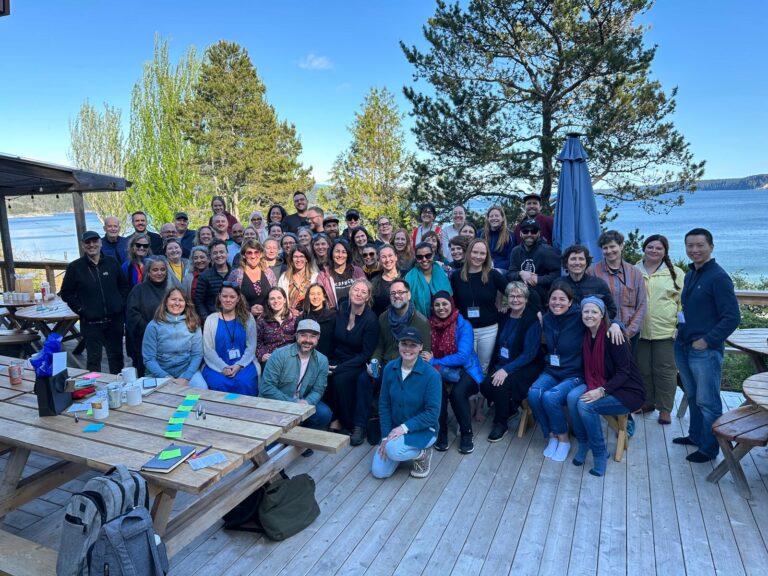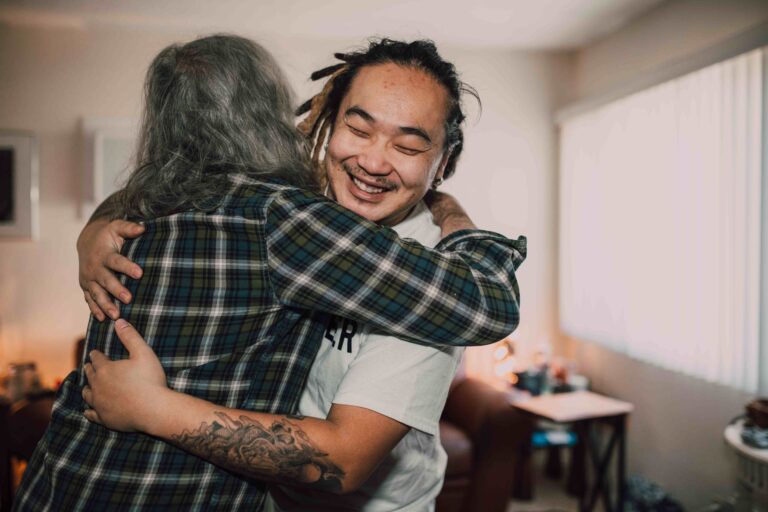26 September 2017
Urban Matters Incubates Accessible Design Business
Stan Leyenhorst was born into a big family in Richmond B.C. He had 11 siblings and grew up a hardworking kid on a dairy farm in the Fraser Valley. One summer night at the age of 16, the course of Stan’s life was forever altered when he dove into a friend’s backyard swimming pool. When he landed that dive, his head connected with the bottom of the pool. His neck broke and his spinal cord severed immediately. Stan was paralyzed from the chest down and spent the next ten months in rehabilitation. His doctors gave him five years to live.
Fast forward to today. Stan is in his mid-fifties, (still very much alive!) and has been working as an expert in the field of universal access design (UAD), until recently at the Rick Hansen Foundation. He says he loves being involved in big projects where UAD is not only accepted but desired, and that he enjoys working on large scale projects that make a difference for a big part of population.
Recently, Urban Matters approached Stan and offered to support him as he gets his own UAD consulting business up and running. He says he’s excited at this partnership as it allows him to continue working toward the bigger picture—changing the built environment for the better.
Status Quo Isn’t Good Enough
Every year, technology continues to evolve and improve the health outcomes for people with spinal injuries. Today the lifespan of someone with Stan’s condition is potentially standard and normal. However, the built environment hasn’t kept up with technology, and he is on a mission to change that.
“We have a diversity of people with disabilities here in British Columbia,” says Stan (approximately 604,000 according to recent statistics), “and many face accessibility barriers in places like parks, playgrounds, libraries restaurants, community centers and more. Community has always been a core value to me, and universal access design is about creating communities where everyone can come together. The feeling of belonging isn’t achievable if people can’t physically get in. I want to see environments without barriers. We try to create spaces where inclusion is possible.”
Access for Everybody Everywhere
Although in comparison to many cities, Stan says that Vancouver is probably one of the best places in the world in terms of accessibility (thanks to leaders like Rick Hansen, Sam Sullivan and Terry Fox to name a few) there is still a long way to go to creating communities where people of all ages and abilities feel welcomed. “Vancouver is on the leading edge, but there are still so many things we could be doing better. Access for everybody everywhere all the time is my motto.”
The Road To Here
In his adulthood, Stan completed several years of university, attained a diploma in transportation logistics and took courses in Universal Access Design at the University of New York in Buffalo, and worked in a variety of industries from construction to business. He spent 18 as a manager of a manufacturing company, 6 years working in lumber yard sales and 6 years with as the owner of a construction company. For the last two and a half years he has been working with the Rick Hansen Foundation, doing accessibility assessments and helping to start the creation of a new Accessibility rating system for the built environment. He’s a driven man who puts in many hours a week and isn’t happy unless he’s working very hard.
Dollars and Sense
According to Stan, accessible design isn’t just a philanthropic idea. It makes financial sense too.
“I come from a business background and I can tell you accessible design is very good for businesses. My approach is economic. When we provide access to everyone, everyone can get in and spend their money. Accessibility is not only achievable and cost possible, but it is economically preferable.”
A Vision for the Future
Looking to the future, Stan has a very clear vision. He wants to expand his company so it one day has offices on the Island and in Ontario. He wants to be at the helm of a multimillion dollar company that acts as a thought leader and a go to resource for UAD in Canada—if not the world. He sees the future organization as a leading-edge hub for architects and designers. He’d love to hire people with disabilities to work it and run it.
“Part of my job in life is getting people with disabilities working. It’s also to provide hope, or at least point people to that possibility. I’m a good example of working through barriers. I’ve been through a few near-death experiences and I have not had a boring life. I’m always doing something and that can incur risk. But, adversity can be opportunity. When a door closes, another one has to open. You just have to find it and have the nerve to go through. How did I find myself here today working on this project with Urban Matters? The door was open and I went through.”
We expect great things from you Stan!
To learn more about Stan’s Universal Access Design business, visit www.uadi.ca




